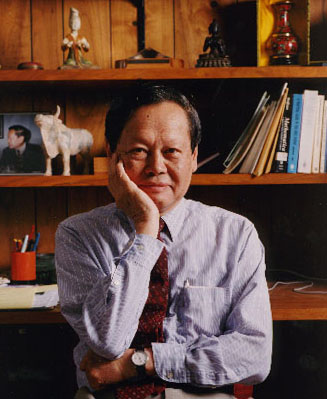
CINZIA DA VIÀ
Research Professor
Physics and Astronomy
cinzia.davia@stonybrook.edu
Biography
Cinzia Da Vià received her PhD in Physics at the University of Glasgow, Scotland,
working at the European Center for Particle Physics (CERN) on radiation detectors
and their spinoff applications to medicine, while being awarded a CERN fellowship.
In 2006 she formed and led an international collaboration to develop a novel detector
design (3D) with unprecedented radiation tolerance and speed, which was successfully
installed in the ATLAS experiment at the Large Hadron Collider (LHC) in 2012. She
is the Independent Committee co-chair of the EU ATTRACT Initiative which supports
innovative radiation imaging technology research projects in Europe and is the Chief
Editor of the Frontiers in Physics, Radiation Detectors and Imaging Journal and co-authored a book on 3D-radiation detectors. She is currently a member of the
European Physical Society Technology and Innovation Group and a member of the IEEE
Panel on Climate Change. She is a regular Speaker, Chair, and International Scientific
Committee Member of several conferences and Instrumentation Schools. Since 2016 she
has shared her time between Stony Brook University and The University of Manchester,
UK.
Research Statement
My general research field is Experimental Particle Physics with emphasis on the research
and development of novel semiconductor particle detectors for fundamental physics
at accelerators like the Large Hadron Collider (LHC) at CERN. My primary interest,
where major contributions and pioneering work have been achieved, is novel radiation
hard silicon devices, in particular 3D sensors with electrodes micro-fabricated inside
the silicon bulk, for particle tracking using pixel readout electronics in very harsh
radiation environments. Moreover, important contributions have been made in the application
of novel technologies to medicine and biology and their transfer to Industry.
Since the installation of 3D sensors in ATLAS I have been involved in the operation
of the Insertable B-Layer mainly consisting of sensor and system radiation damage
monitoring (both planar and 3D) correlated with detector parameters (leakage current,
temperature, bias voltage). I am also collaborating with the Radiation Damage working
group to correlate IBL sensor findings with simulation.
I am exploring the possible use of fast detectors for forward physics and track triggers
using 3D trench detectors, CO2 Thermal management with micro-channel cooling and vertically integrated systems and
alternative low mass support structures using 3D printed ceramics (Nucl. Instr. and Meth. A731(2013)201-204 and Nucl. Instr. and Meth. A 765(2014)151-154). Finally, I have been testing the use of 3D printing for cancer therapy dosimetry
using liquid and plastic scintillators and the possible use of 3D micro-disimeters
to test cell damage during cancer radiotherapy. I also worked on the possibility of
constructing a prototype of a wearable tomographic system for early cancer diagnosis.
Recently, I have been exploring novel methodologies for ultraprecise imaging of biological
samples using quantum imaging at the Brookhaven National Laboratory NSLSII: Quantum enhanced X-RAY Microscope
|
|
|


